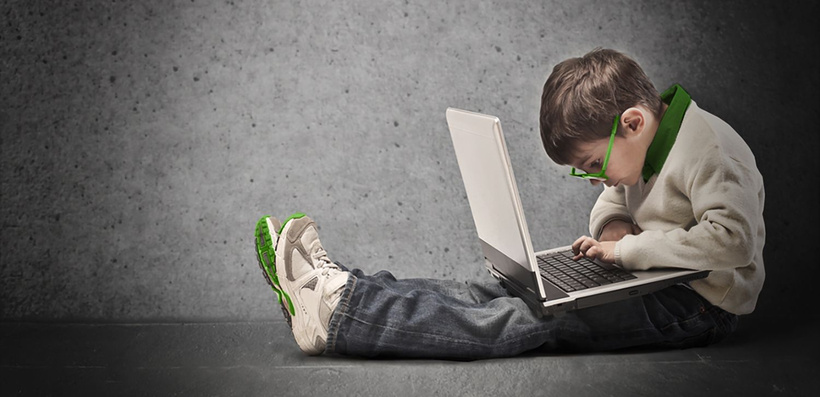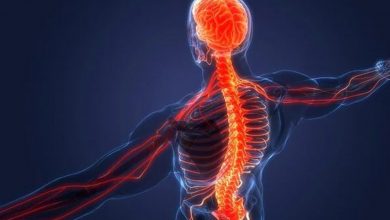In today’s rapidly evolving world, technological devices have become an integral part of our daily lives, reshaping how we communicate, work, and interact with the world around us. While these devices offer numerous benefits and conveniences, they also raise important questions about their impact on our well-being, relationships, and overall quality of life. This article explores the intricate relationship between technological devices and our lives, highlighting both the positive and potentially negative effects they can have.
The Digital Revolution: Transforming Every Aspect
- Connectivity: Technological devices have revolutionized communication, allowing us to connect with anyone, anywhere, at any time.
- Efficiency: Tasks that once took hours can now be completed with a few clicks, enhancing productivity and convenience.
2. Enhanced Learning and Knowledge Access: The Power of Information
- Learning Opportunities: Online resources and educational apps provide access to a wealth of information, promoting continuous learning.
- Global Awareness: Technological devices connect us to global events and cultures, fostering a more interconnected world view.
3. Impact on Relationships: The Balancing Act
- Virtual Connections: Social media and messaging apps enable us to maintain relationships across distances.
- Social Isolation: Excessive device use may lead to reduced face-to-face interactions and feelings of isolation.
4. Health and Well-Being: The Physical and Mental Effects
- Sedentary Lifestyle: Prolonged device use can contribute to a sedentary lifestyle, potentially leading to health issues.
- Digital Fatigue: Constant screen exposure may result in digital eye strain and impact sleep patterns.
5. Privacy and Security: Navigating Digital Vulnerabilities – Data Protection: Technological devices raise concerns about data privacy and the potential for personal information to be compromised. – Cybersecurity Awareness: Users must be vigilant against online threats and scams to safeguard their digital presence.
6. Work and Productivity: The Digital Workspace – Remote Work: Technological devices enable remote work opportunities, providing flexibility and work-life balance. – Overwork and Burnout: Constant connectivity may blur the boundaries between work and personal life, leading to burnout.
7. Mental Well-Being: Finding a Healthy Balance – Mindfulness: Balancing device use with mindfulness practices can help manage stress and maintain mental well-being. – Digital Detox: Taking breaks from devices and engaging in offline activities can promote relaxation and mental clarity.
8. Environmental Impact: The Ecological Footprint – E-Waste: The rapid turnover of technological devices contributes to electronic waste, posing environmental challenges. – Sustainable Practices: Responsible device usage, recycling, and adopting energy-efficient technologies can mitigate environmental impact.
9. Self-Awareness and Moderation: The Key to Healthy Device Use – Self-Reflection: Regularly assess your device usage and its impact on various aspects of your life. – Setting Boundaries: Establish healthy device usage habits and allocate time for other meaningful activities.
10. Embracing Digital Literacy: Navigating the Digital Age – Educating Ourselves: Develop digital literacy skills to understand the implications of technology and make informed choices. – Role Modeling: Set positive examples for the next generation by demonstrating healthy device use.
Conclusion: Technological devices have undoubtedly transformed the way we live, work, and connect with the world. While they offer remarkable opportunities and conveniences, it’s essential to approach their use mindfully and critically. By acknowledging both the positive and potential negative effects of technological devices, we can make informed decisions, strike a healthy balance, and harness the power of technology to enhance our lives while preserving our well-being and the well-being of our planet.
Breaking Free from Technology Addiction: 20 Steps to Reclaiming Balance and Well-Being
In today’s digital age, technology has become an integral part of our lives, offering convenience and connectivity. However, excessive use of technology can lead to addiction and negatively impact our well-being. This article presents 20 actionable steps to help individuals break free from technology addiction and regain control over their lives.
1. Acknowledge the Issue: Facing the Reality
- Recognize the signs of technology addiction, such as constant device use and neglecting other activities.
2. Digital Detox: Unplugging for a Defined Period
- Commit to a digital detox by disconnecting from devices for a specific time, allowing yourself to recharge.
3. Set Clear Goals: Defining Your Intention
- Determine the purpose of reducing technology use, whether it’s spending more time with loved ones or pursuing hobbies.
4. Create Device-Free Zones: Establishing Boundaries
- Designate specific areas, like bedrooms or dining rooms, as device-free zones to encourage face-to-face interactions.
5. Limit Screen Time: Setting Usage Restrictions
- Utilize built-in device features to set daily screen time limits and receive notifications when you approach them.
6. Prioritize Relationships: Fostering Human Connections
- Spend quality time with family and friends without distractions from technology.
7. Engage in Physical Activities: Active Alternatives
- Replace screen time with physical activities such as exercise, outdoor adventures, or sports.
8. Mindful Consumption: Curating Digital Content
- Be selective about the content you consume online and unfollow accounts that contribute to negative habits.
9. Practice Digital Sabbaths: Dedicated Tech-Free Days
- Designate specific days of the week as “tech-free” to fully immerse yourself in offline activities.
10. Pursue Hobbies: Rediscovering Passions – Reconnect with hobbies or interests that were neglected due to excessive technology use.
11. Learn New Skills: Expanding Knowledge – Take up a new skill or hobby that doesn’t involve technology, such as painting, cooking, or playing a musical instrument.
12. Read Physical Books: Embracing Analog Reading – Choose physical books over e-books to reduce screen time and engage in focused reading.
13. Practice Mindfulness: Present-Moment Awareness – Incorporate mindfulness exercises into your daily routine to cultivate awareness and reduce reliance on technology.
14. Socialize Face-to-Face: Strengthening Connections – Initiate in-person social interactions and engage in meaningful conversations without digital distractions.
15. Set App Boundaries: Managing Notifications – Customize app notifications to receive only essential updates, reducing the urge to constantly check your device.
16. Use Productivity Tools: Efficient Tech Usage – Utilize productivity apps to streamline tasks and manage time effectively, minimizing aimless device use.
17. Digital Declutter: Organizing Your Virtual Space – Regularly clean up digital clutter, including unused apps and files, to create a more organized digital environment.
18. Practice Gratitude: Cultivating Positivity – Keep a gratitude journal to focus on the positives in your life, reducing the urge to seek validation online.
19. Seek Professional Help: Expert Guidance – If technology addiction becomes severe, consider seeking support from mental health professionals.
20. Lead by Example: Inspiring Others – Set a positive example for friends and family by demonstrating healthy technology habits.
Breaking free from technology addiction is a journey toward regaining control, fostering genuine connections, and nurturing personal growth. By implementing these 20 steps, you can create a healthier relationship with technology, allowing you to lead a more balanced and fulfilling life while preserving your well-being and mental health.


















